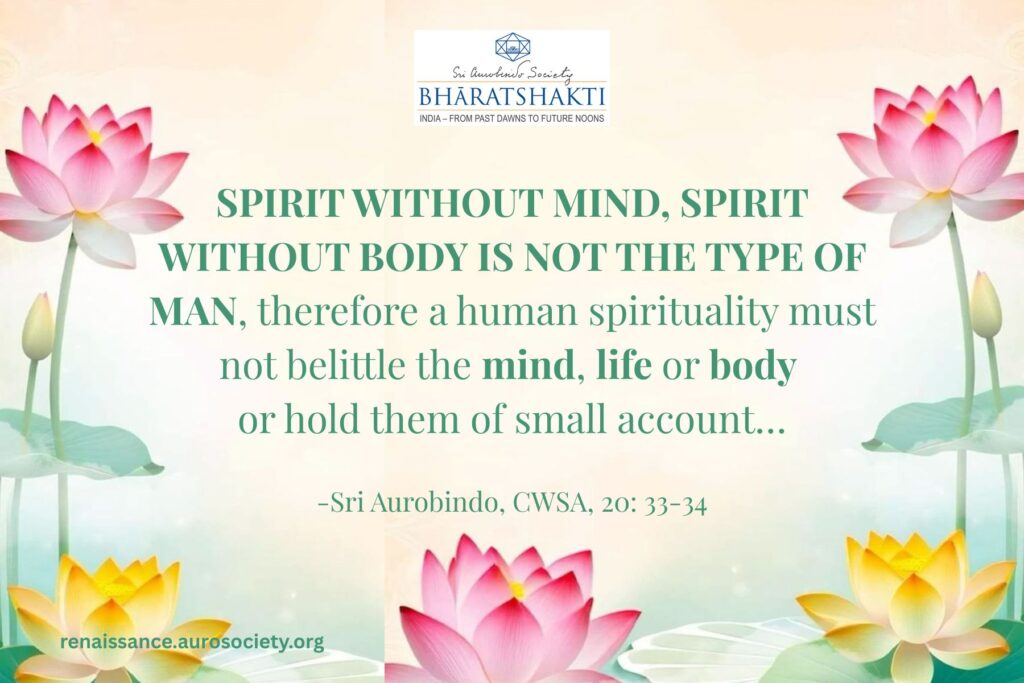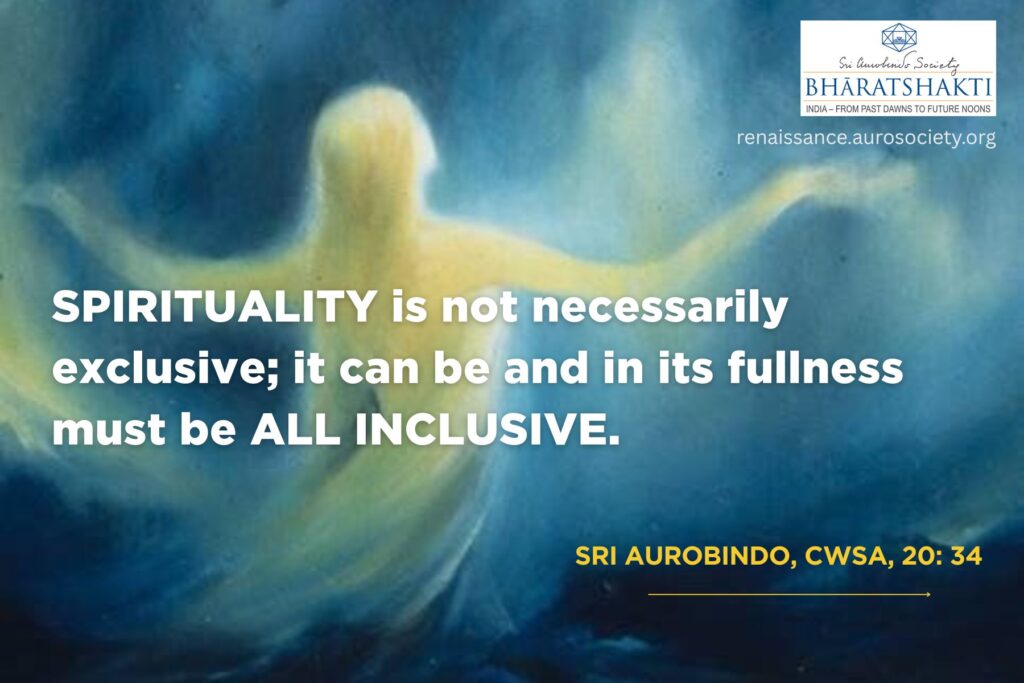Volume VI, Issue 6
Author: Sunil Kumar
Editor’s Note: When art, beauty, silence, strength, wisdom and love come together, India’s soul is revealed. In this meditative piece, the author weaves together some deep reflections inspired by what he experienced at Angkor Wat and Auroville, and brings to light the true work destined for Bhārata.

Whispers Among Ruins…
When I walked beneath the towering stone faces of Bayon, their eyes closed in half-smiles of serene mystery, I was not a tourist. I was a pilgrim to memory, though I did not yet know it.
People often speak of Angkor Wat, draped in morning mist and laced with tendrils of jungle, as a Khmer marvel. But to me, it echoed something deeper. Something older. Something unmistakably Indian.
India does not colonise with steel, weapons, or invasions. She seeds consciousness. She exports not armies but aspiration. In Angkor, as I wandered in the cloisters and the uppermost terrace of Vishnu’s shrine (Preah Vishnuloka), now a Buddhist wat for centuries, and traced my fingers along the devatas and divinity etched in a transcendental dance, I felt the touch of Bhārata Shakti—the spirit of India as Mother, Giver, Awakener.
It was not a cultural imprint, but a transmission. A whisper across time. Probably the spirit Bankim Chandra Chattopadhyay felt when he penned the immortal ‘Vande Mataram’, invoking a land ‘Sujalam, Suphalam, Malayaja-Shitalam,” it was a trembling recognition of the Divine Mother breathing through the soil, the river and the winds of India and beyond.
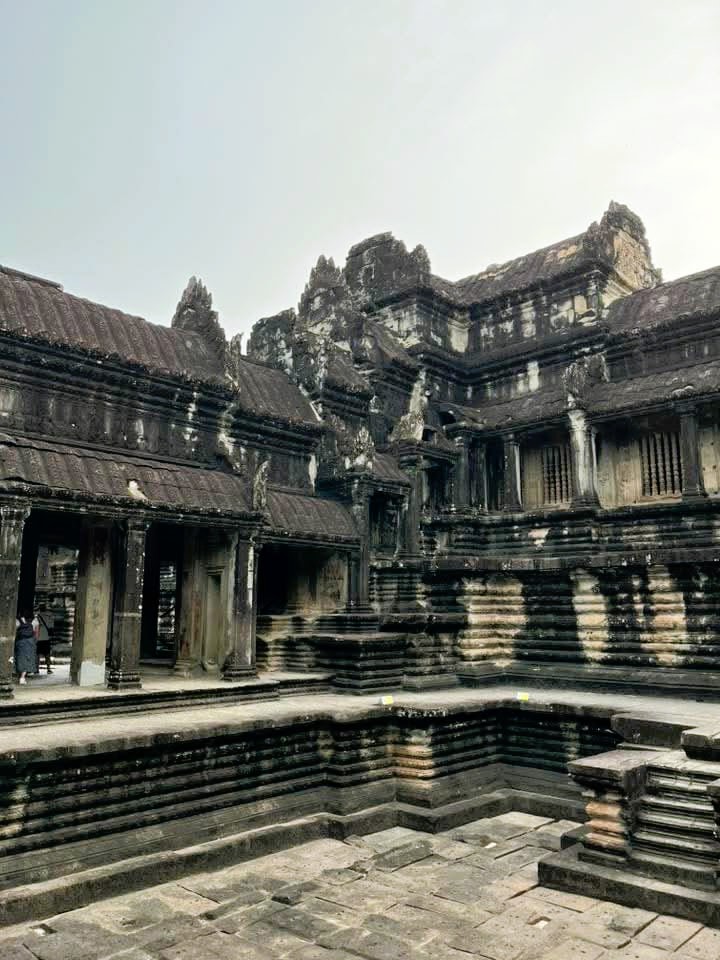
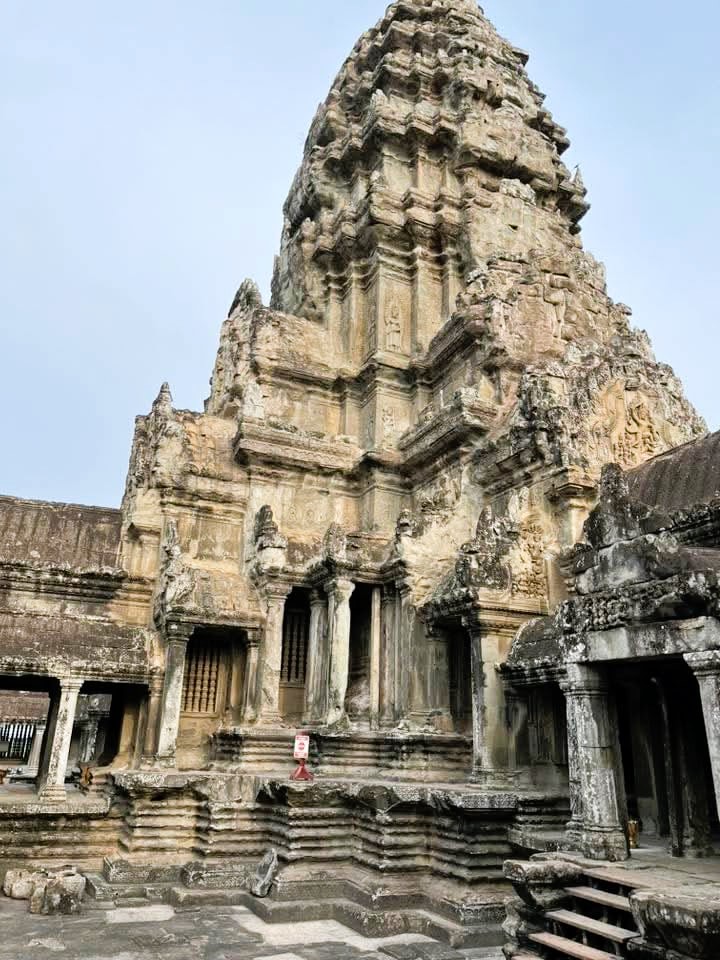
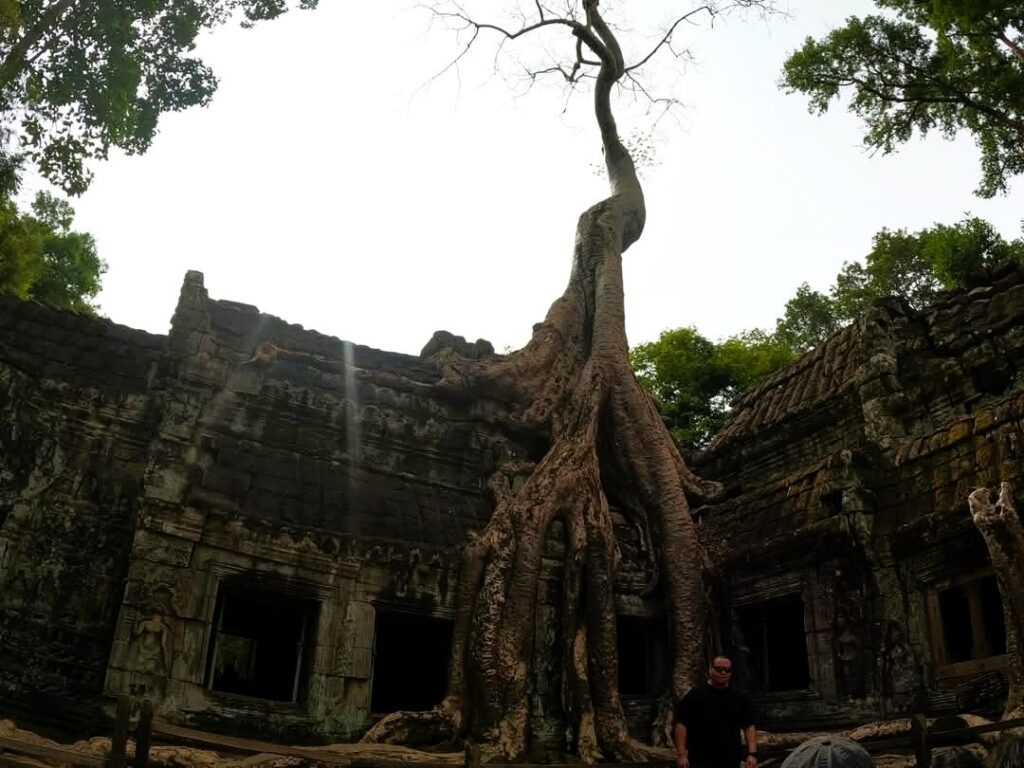
***
I realised that the contemporary world had trivialised complex emotions on the altar of news-bytes and smug judgments. It was neither jingoism nor flag-waving nationalism — not the crass monikers that trivialise a complex, aching love for the motherland.
Thousands of kilometres away from home, the spirit of our nation shone through even in the name of the river Mekong in Cambodia — Mae Khong (mother of water), a reference to the Ganges.
Both in the river of a thousand lingas in the Kulen Mountains and many temples in the Angkor Archaeological Complex, Shiva made his presence felt invisibly as the Mahayogi and the dancing Nataraja and a primal force. Trampling on apasmara — ignorance and ego. Also, Shakti was not invisible; she shimmered in every apsara, every curve of grace carved in sandstone.
***
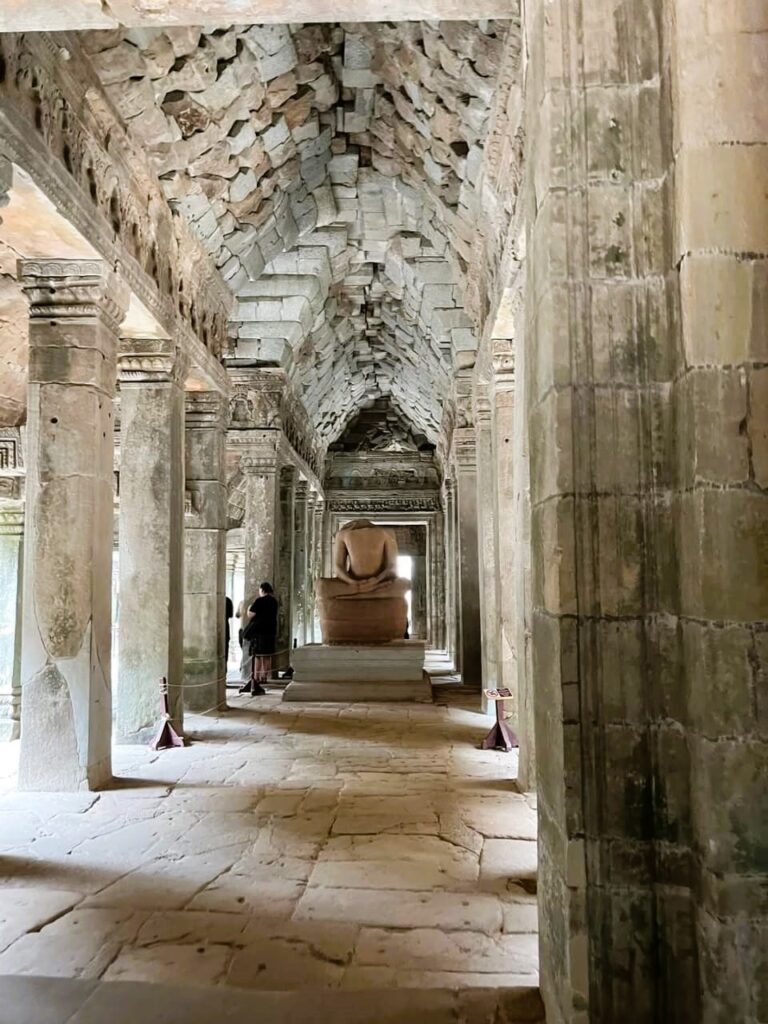
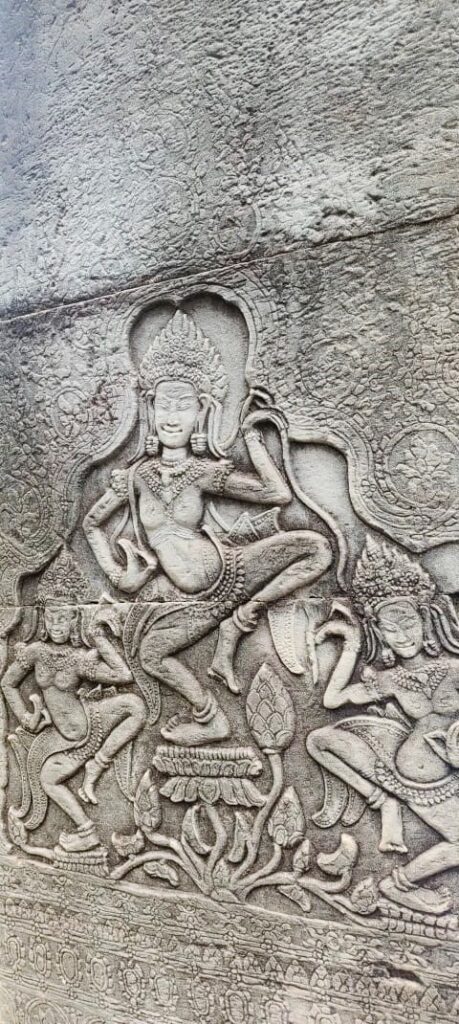
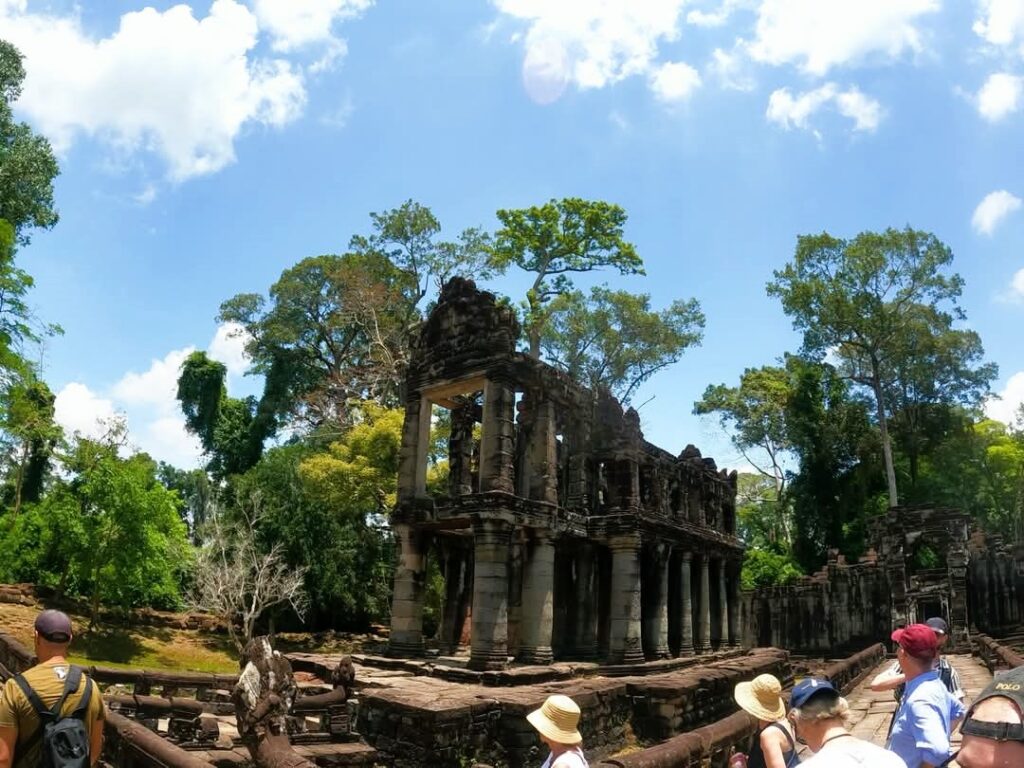
The Khmer did not merely borrow Indian motifs—they received and transformed them. They made India their own. This, I realised, was the beauty of a civilisation that gives without seeking return.
As Sri Aurobindo wrote,
“Each nation is a Shakti or power of the evolving spirit in humanity and lives by the principle which it embodies. India is the Bharata Shakti, the living energy of a great spiritual conception, and fidelity to it is the very principle of her existence.”
~ CWSA, Vol. 20, p. 57
To further paraphrase Sri Aurobindo, the expansive universality of the ancient Bharatiya conception of the world ensured the export of a spiritual and universal world view that stressed on a higher conception of the spirit without compromising on innate virtues and the artificial cartography of nation-states.
How far has this spirit travelled? From the snow-fed valleys of Kashmir, where Lalleshwari once walked in luminous silence, singing of union with Shiva in the voice of a woman utterly her own, to the dense jungles of Cambodia, where another people, another land, embraced those very truths without losing their own soul.
Sadly, the shadow of darkness has invaded Sharada’s land, bringing with it the grim spectre of an icy nuclear winter — two nations on the brink of the very precipice of annihilation.
Lalla’s verses—“My guru gave me but one precept: from without withdraw your gaze within”— resonate in the stillness of Angkor’s sanctums. It is this descent into the inner world that unites the mystics of all lands.
***
Yet beauty alone does not explain Angkor’s hold on me. I have seen magnificent monuments crumbling, decrepit structures crying out for resurrection. But Angkor does not merely survive. It endures. It breathes.
This resilience of stone, of spirit, of a people who endured the genocidal madness of Pol Pot and still greet strangers with gentleness, is to me a testament not only to Khmer strength, but to the sustaining power of spirit. Shakti, once awakened, does not die. She transforms. She returns.
In Sri Aurobindo’s vision, it is the Overmind that gives us a glimpse of cosmic consciousness; through ranges of mind — illumined, intuitive and higher mind — sends its radiant beams into culture, into art, into myth. Perhaps this is what I felt in Angkor—a residue of Overmind influence: high art imbued with a sacred ethos, where even ruin glows with the perfume of the Eternal. Yatha pinde tatha brahmande — the relation between the microcosm and the macrocosm.
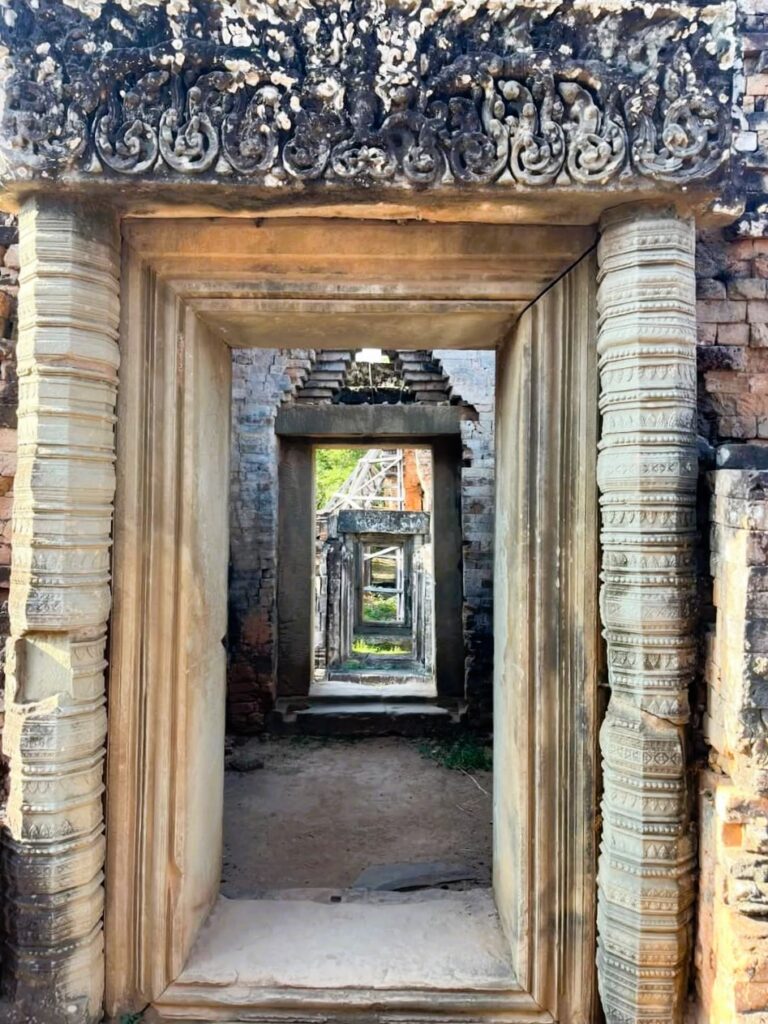

And yet, our age is one of conflict. Nations jostle for dominance. Borders bristle. The region around Cambodia, Thailand, Vietnam, and China also shifts like tectonic plates. Nations bomb for ideologies and influence, and then run away.
Even India, my motherland, forever finds itself caught in tense geopolitics. But amidst this, I ask: what if India returned to her truest strength, not economy, not military, but the radiance of her spirit? Would this be feasible, practical? It would certainly be ideal and resonant with her indefatigable essence.
“…among all the divisions of mankind it is to India that is reserved the highest and the most splendid destiny, the most essential to the future of the human race. It is she who must send forth from herself the future religion of the entire world, the Eternal religion which is to harmonise all religion, science and philosophies and make mankind one soul.”
~ Sri Aurobindo, CWSA, Vol. 4, p. 84
I was reminded of my trip to Auroville a few years back. Walking its wooded paths, reading the thoughtful signs, the banyan tree and into the golden sphere of the Matrimandir, I felt the same silence I had felt in Angkor. The stillness and divinity of the present moment.
Not emptiness—but fullness. The quiet of a deep intention. A descent of spirit. Sri Aurobindo called this the supramental evolution—not escape from life, but its transfiguration. “The spirit shall take up the human play, the earthly life become the life divine.” (Savitri:710) This was not a bland theory. It was vibration, the Spandana of an all-pervading consciousness. Tangible for a short while.
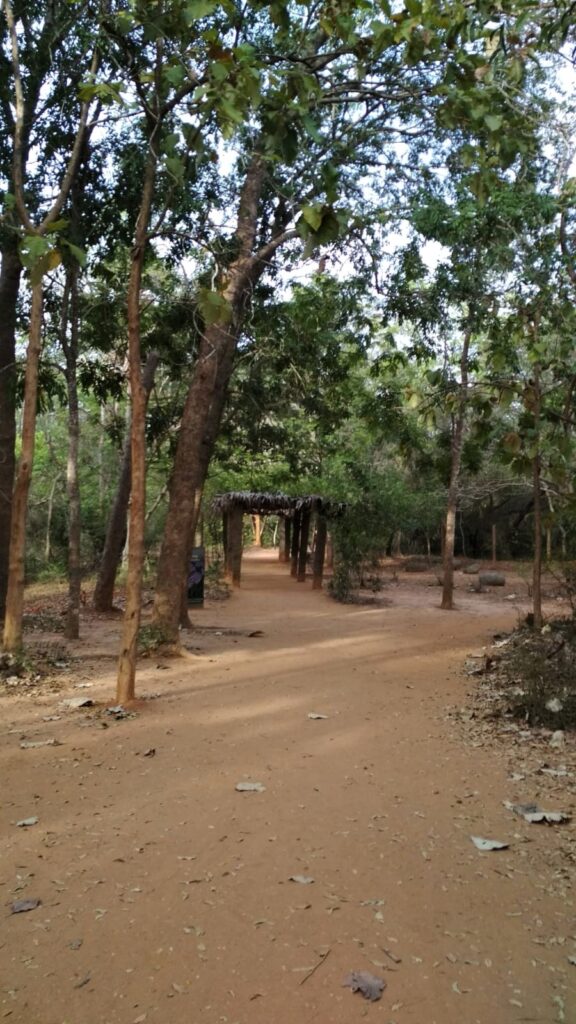

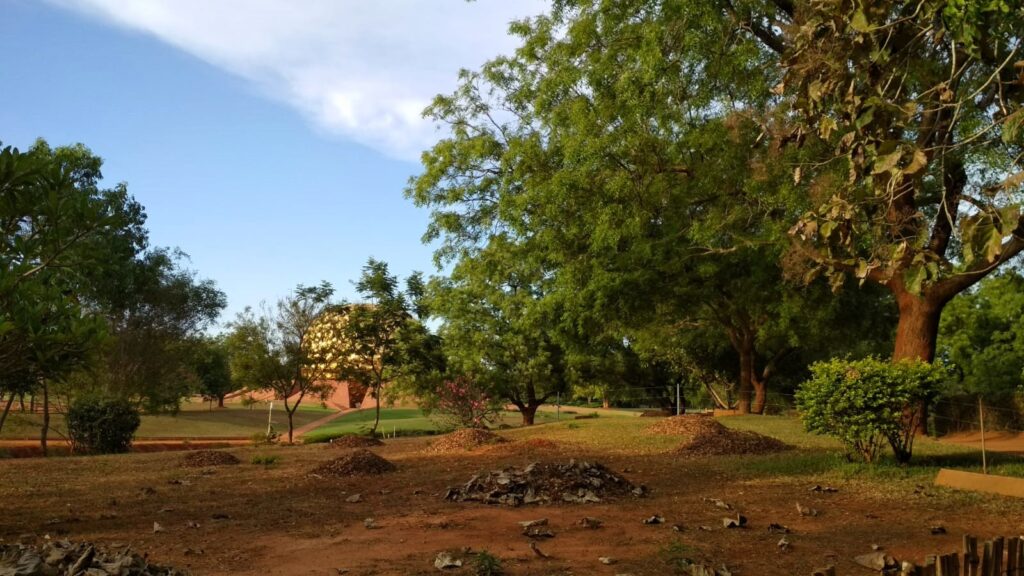
Also Read:
I came to Auroville seeking something beyond the known—a whisper in the wind,…
Angkor. Auroville. Kashmir. Lalla. The apsaras. Shiva and Shakti. The feminine current that flows through all of them is not accidental. It is essential. It is the soul-force of Bharat—what Sri Aurobindo might call Bharat Shakti—that manifests not in meaningless dominance, but in beauty, in art, in sacred economy, in the grace to endure and uplift.
What then is the future? The future, I believe, lies in remembrance—not of history alone, but of what India has always carried within: the light that does not fade.
That light must now reawaken, not in nostalgia, but in action. In poetry, in policy, in presence. In an India that once again offers a higher vision for humanity, as it has always done. Builds, not competes. Gives not grabs. Stands up for its interests but does not conform to the worldview that seeks to enslave and exploit the globe-Mother Earth.
If the apsaras could whisper, I think they would say this: Don’t forget what you are. Don’t forget what you gave. And don’t forget what you can still become.
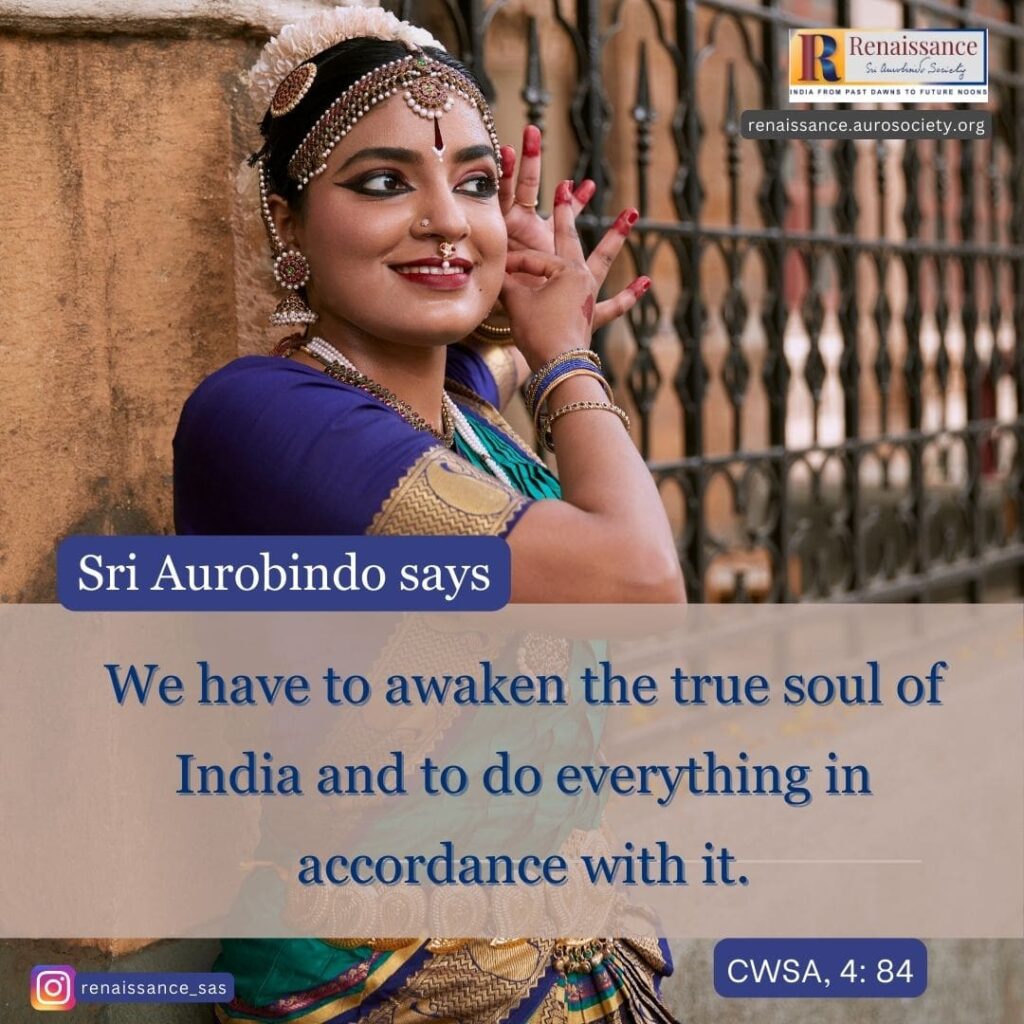
Read more in Conscious Travel

~ All photos of Cambodia and Auroville are by the author.
~ Web design: Beloo Mehra

